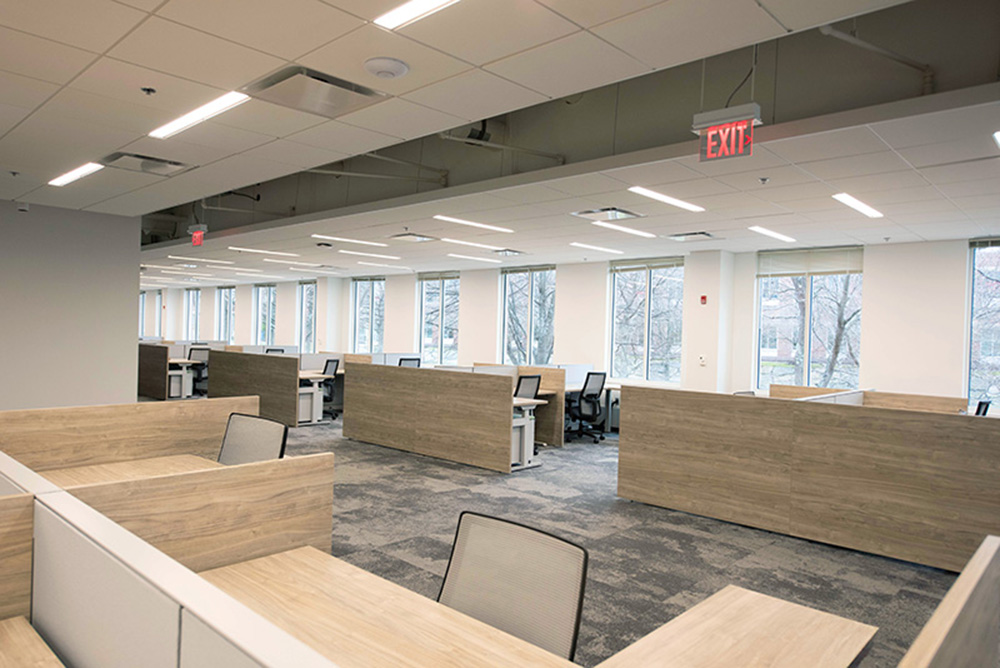Condo and apartment glut: Short term, but still painful. - by Daniel Calano

Prospectus, LLC
Nobody could predict COVID. Yet, its results on the real estate market have been swift and obvious: overall shutdowns, no open houses, urbanites fleeing to the suburbs. The result is a lot of empty housing units. On the other hand, real estate watchers have opined on over construction for several years. Articles go back to 2014 regarding the “apartment glut”. While that was arguable, COVID has made it blatantly clear. Urban vacancies are climbing.
The boom that some analysts worried about over the last several years was brought on by low interest rates and favorable government permitting. The leaders of the major Boston metropolitan cities argued appropriately for affordable housing. Most cities required 10% to 20% affordable units in projects that typically were otherwise luxury, due to the high cost of land and construction. Certainly, the percentage of affordable units helped, but the math is easy. For every affordable, nine luxury units were built.
Each city’s goals varied, but as examples, Boston wanted about 30,000 units by the year 2025. Cambridge wanted about 15,000. Somerville wanted about 10,000. Watertown was building about 5,000. The irony was that the 2025 goal was being met much more quickly than expected. Units under construction and or being permitted in Boston were already nearing 30,000 units. Analysts like myself started to write about a potential glut, particularly possible if incentives changed, or interest rates rose, or unforeseen “black swans” occurred. COVID is the Swan, and no one yet knows when it will leave, or the time-frame of its impact.
Anecdotally, we hear about the panicked exodus of urban millennial’s to the suburbs, partly fired by family formation and school needs, but partly by fear of COVID crowded urban places. Ironically, baby boomers had been leaving the suburbs and moving into urban apartments and condos in order to downsize and partake of the benefits of urban life. Had there been no COVID, the balance might have been perfect: empty-nesters leaving suburban homes to move downtown; younger millennial’s living downtown for jobs proximity; and older millennial’s buying suburban houses to access schools. That model should have worked. But, now it is also unclear whether empty nester boomers will stay downtown. The amenities they sought, restaurants, theaters, museums, public transportation, have of course been closed and many will not reopen or be utilized as intensely as anticipated.
As real estate is often unpredictable, COVID has introduced an extreme imbalance in the model. Yes, there probably has been some overbuilding, but the reduction of urban living demand was not factored in. Yes, much of this vacancy also has to do with students not physically at college. As schools open up, even partially, many apartments might be filled. But, people are not only leaving urban areas locally; they are considering major moves to less expensive less dense regions. It is well documented that states such as Arizona, Colorado, Utah etc. are seeing growth probably stemming from New York, Chicago, San Francisco, and Boston.
The result is becoming clear. Urban vacancies are increasing. Discussion with brokers suggest 7,000 available units in Boston; 3,000 available units in Cambridge; 1,500 available units in Somerville.
Some have argued that this apparent oversupply should not be a worry. They argue that excess inventory always exists, much like food on a grocery shelf. Ultimately, it will be utilized. It is true that today’s apartment and condo developers typically have long range vision, and much more likely to have financial backing that allows for the time needed for demand to meet supply. Unlike recession problems in the past, lenders are more understanding, if not forgiving about imbalances in supply and demand. Individual investors in REITs can typically withstand the ups and downs in the marketplace. All that said, operating and holding expenses, without income, can be painful and certainly fall short of development pro forma expectations. Short term problems are manageable. Uncertainty and longer term will have a more serious impact, yet to be fully understood.
Daniel Calano, CRE, is the managing partner and principal of Prospectus, LLC, Cambridge, Mass.






.png)
